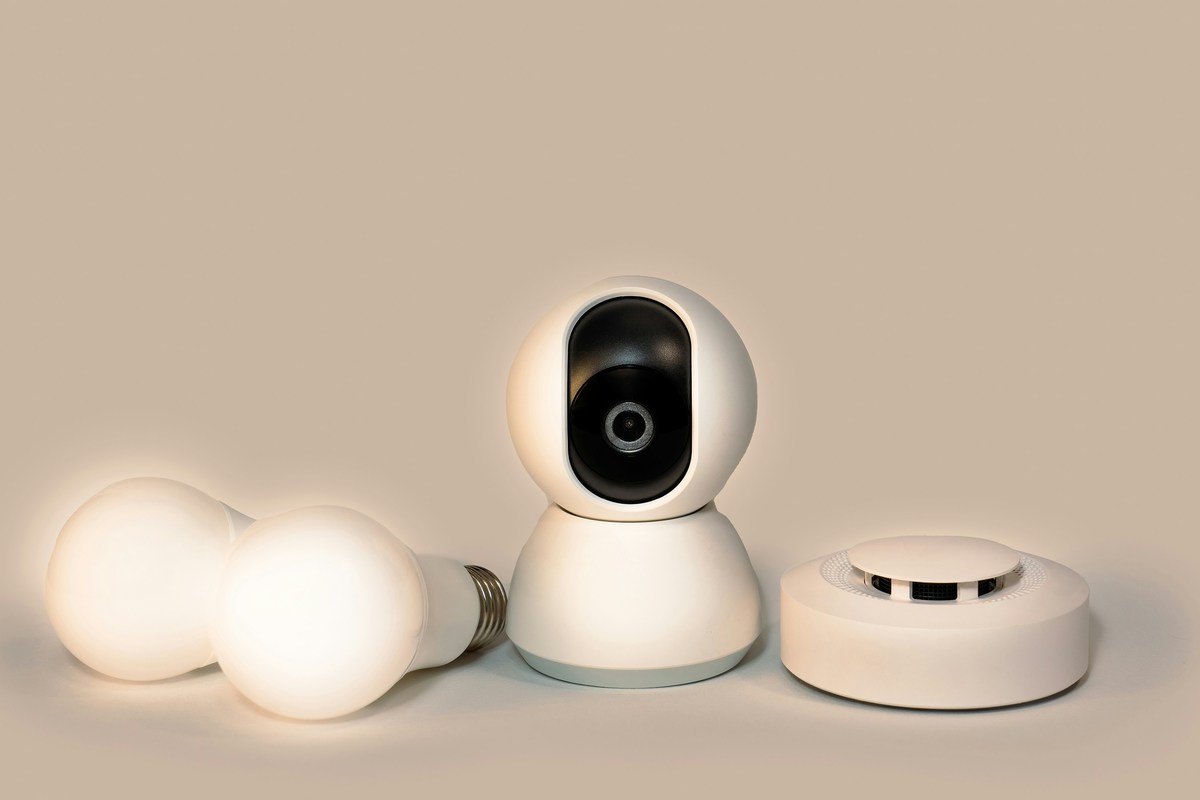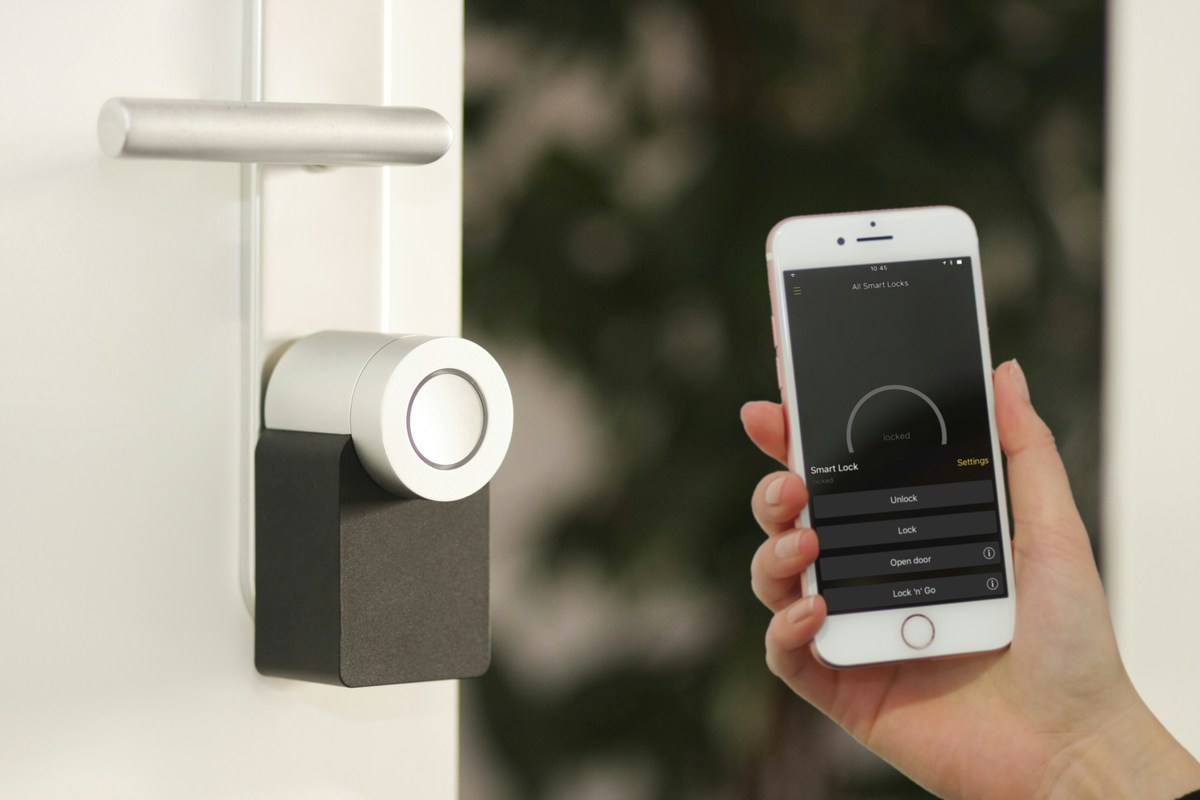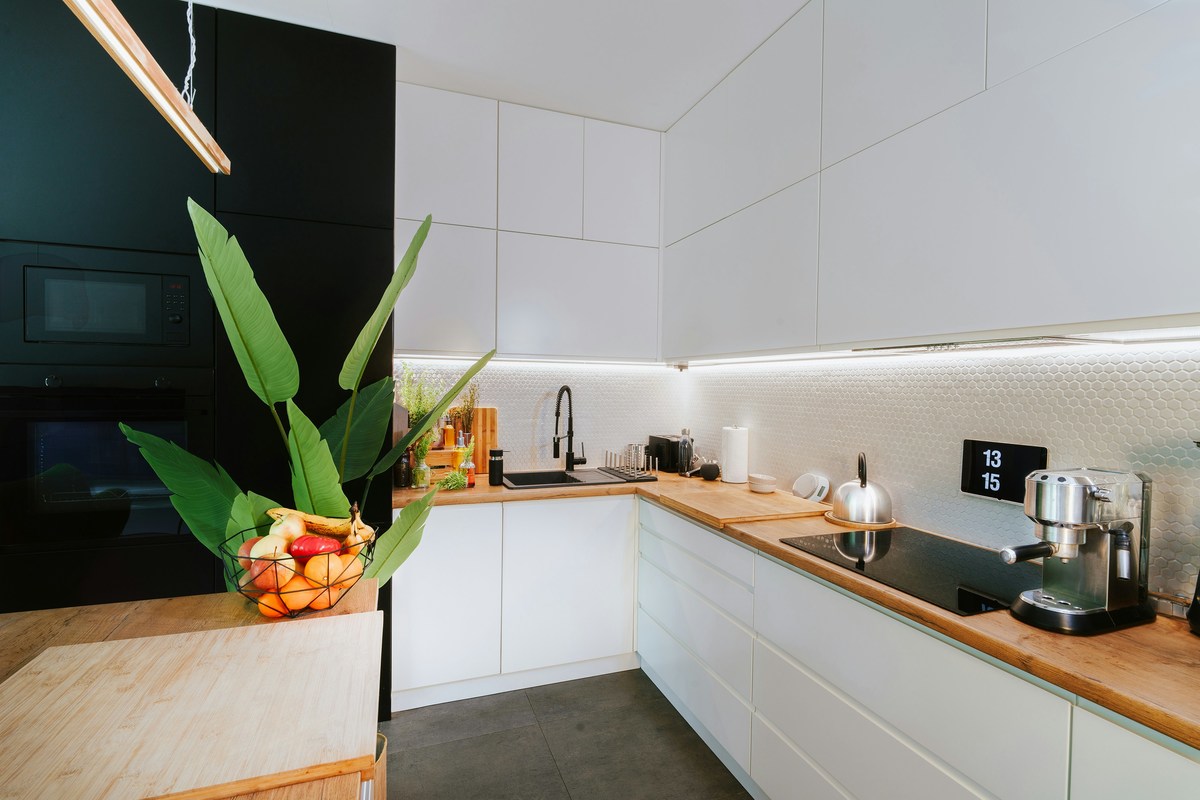Smart home devices have revolutionized the way we interact with our living spaces, offering convenience, security, and energy efficiency. If you’re considering upgrading your home with smart technology, this guide will help you make informed decisions on the best devices to suit your lifestyle.

The Smart Home Evolution
Imagine walking into your home where the lights adjust to your presence, the thermostat sets to your preferred temperature, and your favorite music starts playing—all without lifting a finger. This is the magic of a smart home. As smart technology continues to evolve, integrating these devices into your home has never been easier.
Understanding Your Needs
Before diving into the world of smart home devices, it’s essential to understand what you hope to achieve. Are you looking to enhance security, improve energy efficiency, or simply add convenience to your daily routine? Here are some key areas to consider:
- Home Security:
- Smart security cameras, doorbells, and locks can provide real-time monitoring and alerts, keeping your home safe.
- Energy Management:
- Smart thermostats, lights, and plugs can help reduce energy consumption and lower your utility bills.
- Convenience:
- Voice assistants, smart speakers, and automated systems can simplify your daily tasks and routines.
Key Smart Home Devices
- Smart Thermostats:
- Devices like the Nest Thermostat or Ecobee can learn your schedule and adjust temperatures automatically, saving energy and enhancing comfort.
- Smart Lighting:
- Philips Hue and LIFX offer smart bulbs that can be controlled remotely, set on schedules, and even change colors to suit your mood.
- Smart Security Systems:
- Ring and Arlo provide comprehensive security solutions with cameras, doorbells, and sensors that offer real-time alerts and video monitoring.
- Voice Assistants:
- Amazon Echo and Google Nest Hub integrate with various smart home devices, allowing you to control your home with voice commands.
- Smart Plugs:
- Devices like Wemo and TP-Link allow you to control appliances remotely, schedule operations, and monitor energy usage.

Setting Up Your Smart Home
- Start with a Hub:
- Consider starting with a smart hub or a device that can serve as a central control point, like Amazon Echo or Google Nest Hub.
- Gradual Integration:
- You don’t have to buy everything at once. Start with a few essential devices and gradually expand your smart home ecosystem.
- Compatibility:
- Ensure that the devices you choose are compatible with each other. Most smart home devices work with major platforms like Alexa, Google Assistant, or Apple HomeKit.
- Security:
- Protect your smart home devices by using strong passwords and keeping your firmware updated to prevent security breaches.
Personal Touch: My Smart Home Experience
When I first decided to upgrade to a smart home, I started with a smart thermostat. The ability to control the temperature remotely and the energy savings it offered were impressive. Gradually, I added smart lights, security cameras, and a voice assistant. Each addition made my home more convenient and secure, and I enjoyed the seamless integration of all the devices.

Conclusion
Making your home smarter with smart home devices can significantly enhance your lifestyle. By understanding your needs, selecting key devices, and gradually integrating them, you can create a connected and efficient living space. Embrace the smart home revolution and enjoy the convenience, security, and energy savings it brings.